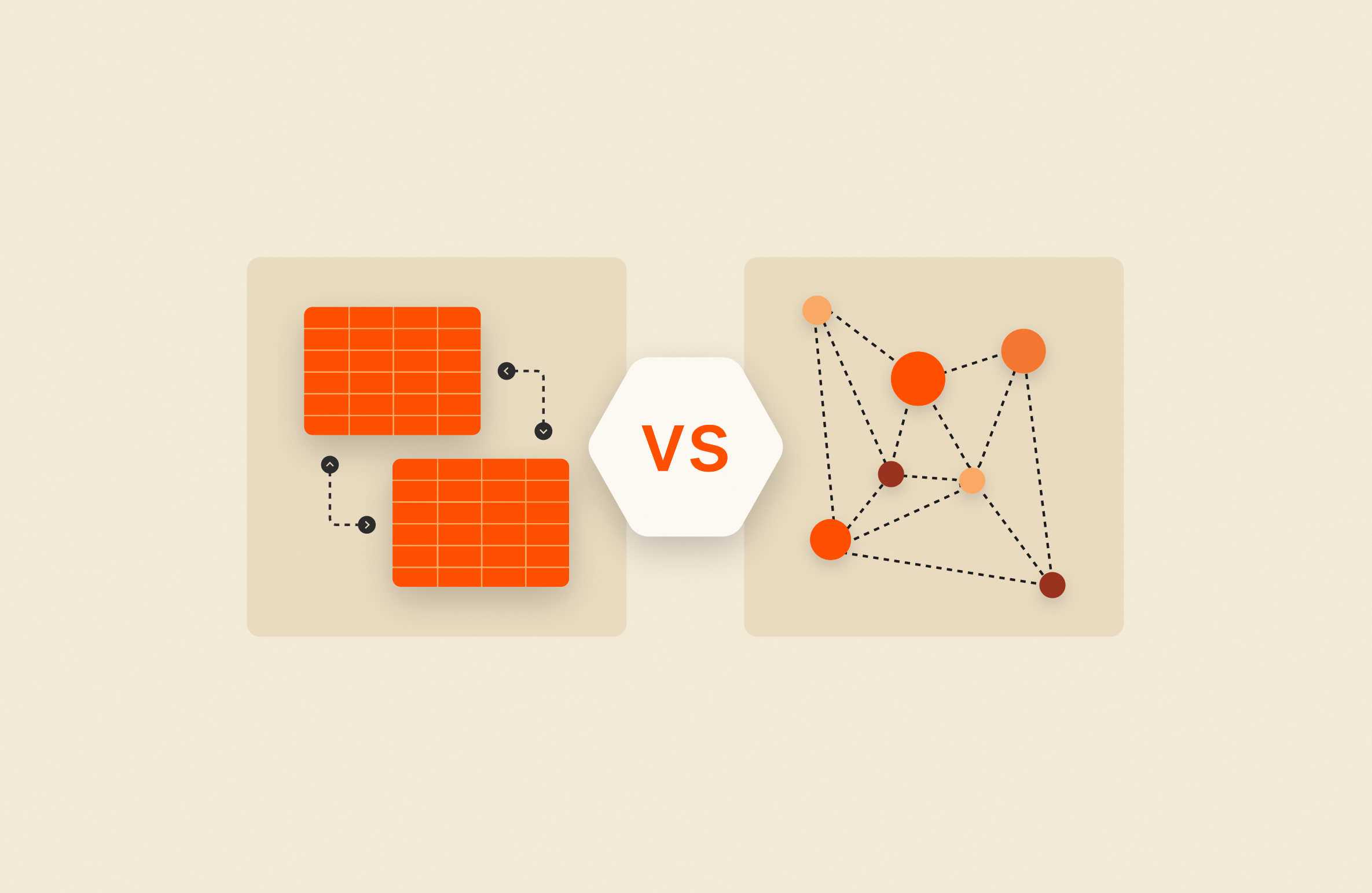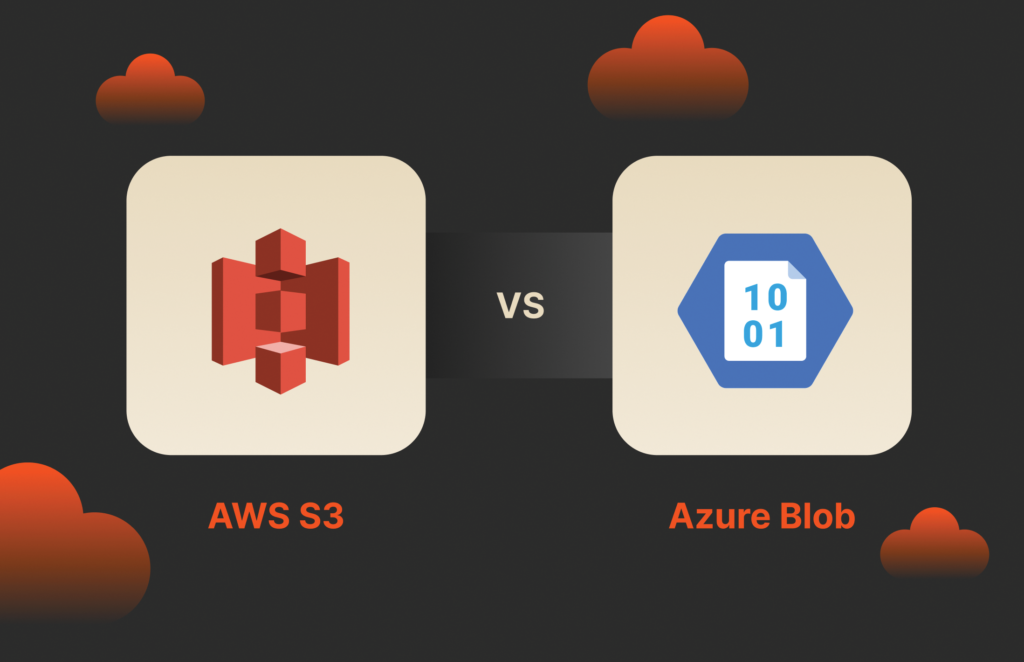Summary
SQL and NoSQL are two types of databases. A NoSQL database can store unstructured data in massive amounts, while a SQL database uses standard tables to store data.
Applications need a database to store data. Data is stored in a structured or unstructured format, also referred to as relational and non-relational databases. To query data, structured databases use standard SQL, while unstructured databases use NoSQL. The way you store data will determine the way that you retrieve it and the type of database that you need.
What Is a SQL Database?
Structured databases have constraints set on each table column limiting the type of data that can be stored. For example, if you want to save a total for an order, the only legitimate value is a decimal number. In a structured database, the administrator can restrict values to decimal values to preserve data integrity and avoid inconsistencies. An example of a SQL database is SQL Server.
To query a structured database, vendors use Structured Query Language (SQL). Data is stored in tables with constraints on columns, so developers creating queries can expect specific values in results. SQL provides joins to connect tables in queries so that a single data set contains records from multiple tables that match query parameters.
What Is a NoSQL Database?
When you don’t know the values that must be stored in tables, you can turn to NoSQL databases or unstructured data stores. Unstructured databases work with NoSQL to query data and return a data set in, for example, a JSON object. Structured databases have standard tables to store data, but unstructured databases have four types of storage:
- Key-value stores: This type of database stores key-value pairs for a record (e.g., firstname:smith) and returns records in JSON or XML data sets.
- Documents: Think of documents as a single file that contains all necessary information. You don’t need to have the same data types or data stored in a document, so you can store any type of information. These databases are common in collecting unknown data and returning JSON or XML formats.
- Wide column data stores: Wide column databases are multidimensional stores. A single key could represent several columns, unlike a key-value pair which represents a single column value. The multidimensional nature of these databases makes them good for business intelligence.
- Graph databases: Social networks are common for graph databases where every data element can connect to another. They’re popular in logistics and recommendation systems as well.
Examples of NoSQL Databases
Numerous different NoSQL databases exist, and each one has a best use case depending on the type of data you want to store and your business requirements. Some NoSQL databases are more common than others based on their ability to satisfy several use cases. A few examples include:
- Time-series databases: If you need real-time applications to display data based on timestamps, a time-series database is a good choice. An example of an application that benefits from a time-series database is a stock ticker. Stock prices are recorded in intervals, and the application must display information for every interval.
- MongoDB: This popular document database makes data storage flexible so that you can store any information in a document without data type constraints. Real-time analytics works well with MongoDB document-style storage.
- Apache Cassandra: For high volumes of data, businesses often use Apache Cassandra. It’s open source, so Cassandra has a huge community of developers and followers. It’s often used in recommendation algorithms, IoT storage (e.g., sensor data), and fraud detection machine learning.
Data Model Differences between SQL vs. NoSQL
For many applications, you don’t know the type of data you’ll need to store. For example, to build a fraud detection application, you might need to scrape and store data from several thousand websites. Scraping a website’s HTML can pick up on sites with hidden hacks within the code. Most sites in your storage will not have the same structure, so you’d need an unstructured NoSQL database.
In a SQL database, the data you pull from every website must be put in a specific column. The data must match the table constraints, or the database will reject it. Unless you build scripts to consider all edge cases and requirements for your list of websites, it’s likely that you’ll lose data with a SQL database. A NoSQL database eliminates this risk, stores data regardless of data type, and can be used in analytics.
SQL vs. NoSQL: Querying Capability Differences
In a SQL data set, you receive a list of records with data located in each column. The structured nature of a SQL database lets you query using the standard query language: Structured Query Language (SQL). Most vendors have small differences in syntax, but the structure of SQL is the same.
NoSQL databases have their own query syntax, and the data set returned takes a different structure. A NoSQL database returns a JSON, YAML, or XML data set, depending on the engine. Every engine has its own syntax and form of SQL to query data, and it looks much different from the standard SQL database syntax.
Here’s an example of a SQL query where you want to search for a customer with the last name of “Smith”:
SELECT * from Customers WHERE lastname=’smith’
Here’s an example of the same query in NoSQL:
db.customer.find({name:”Smith”})
Notice that the NoSQL example incorporates JSON in its query syntax, and it looks completely different from the standard SQL syntax. Both types have some open source database options that could be useful in certain situations.
Does SQL or NoSQL Scale Better?
Both SQL and NoSQL scale well, but you must identify the type of data you need to store. Structured data scales well with SQL databases, but you might need to vertically scale as the database stores more data. More memory, CPU power, and disk storage must be added to servers as tables increase. SQL databases can store petabytes of data, but it must be structured data.
NoSQL databases are often used in analytics and machine learning. These databases scale vertically, but most administrators choose to distribute databases across multiple servers to improve performance and availability. NoSQL databases are used in real-time applications, so distributing them across multiple data centers avoids a single point of failure in critical applications.
Consistency and Transactions with SQL and NoSQL
As you insert and update data, you send both SQL and NoSQL databases queries. It’s possible for these queries to fail, but the way the results are presented to users depends on whether the database follows ACID (atomicity, consistency, isolation, and durability) or BASE (basically available, soft state, and eventually consistent) rules.
ACID is often used in SQL databases. In an ACID database, priority is given to data integrity and consistency. If a series of queries fail, then all queries are rolled back and failed to avoid data corruption. NoSQL uses BASE where the priority is data availability. In a BASE database, a query fails and data might be inconsistent, but data is still made available to users until it’s later corrected.
When to Use SQL vs. NoSQL Databases
The main advantage of a NoSQL database is its ability to store unstructured data in massive amounts. Machine learning and real-time applications are dependent on NoSQL unstructured data. Organizations can scrape data in any form and use it in their analytics and predicting models. A NoSQL database engine is better suited for large data sets with unknown data content and formats.
Administrators can determine the right type of database based on business requirements. It’s also possible to host both a SQL and NoSQL database in data warehouses where you need both. Pure Storage can help you with unstructured data management when you choose to host a NoSQL database.
Conclusion
Most applications need a database for storage, but you must choose between NoSQL and SQL. The basic rule is to use NoSQL when you need machine learning and analytics and you don’t know the format of the data. Use SQL when you know the data format and need consistency in data storage. Choosing the wrong one can lead to expensive refactoring of code and restructuring data storage.
Pure Cloud Block Store™ is beneficial to administrators looking for high-performance virtual environments used in critical applications.

How Storage Plays a Role in Optimizing Database Environments
Reduce Cloud Storage Costs
Learn how premium virtual block storage in the cloud can deliver cost savings for your organization.







